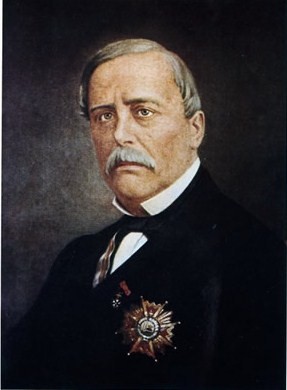
Asturias officially the Principality of Asturias, is an autonomous community in northwest Spain.

Nalón is one of 8 comarcas, administrative divisions of Asturias, which is a province and an autonomous community in Spain. It has 83.000 inhabitants. The Nalón valley was an important point during the 19th and 20th centuries thanks to the siderurgy and mining industry.

Mieres is a municipality of Asturias, northern Spain, with approximately 38,000 inhabitants. The municipality of Mieres is made up of the capital, Mieres del Camino and the villages of Baíña, Figaredo, Cenera, Loredo, La Peña, La Rebollada, Santullano, Santa Rosa, Seana, Ujo, Urbiés, Valdecuna, Santa Cruz, Ablaña, Turón, Gallegos, Bustiello.

La Felguera is a parish of Langreo, and the most important district in the municipality of Langreo in northern Spain, with 21,000 inhabitants. It is located 18 minutes by car to Oviedo, the capital of Asturias. La Felguera is close to the Nalón River.

Sama is the second largest parish of the city of Langreo / Llangréu, Asturies, in the north of Spain. It had 8,500 inhabitants within the urban area and 300 outside of it.The parish and district occupy an area of 5.47 km2. In the past, Sama was an important commercial and mining zone.

Unión Popular de Langreo is a Spanish football team based in Langreo, in the autonomous community of Asturias. Founded in 1961, it plays in Segunda Federación – Group 1, holding its home games at Estadio Ganzábal in La Felguera, with a capacity of 4,024 seats.

Pedro Duro Benito (1810–1886) was an important Spanish businessman of the 19th century; founder of the industrial group Duro Felguera and a pioneer of ironworking in Spain.
Tuilla (Spanish) or Tiuya (Asturian) is a small parish and former mining village in the municipality of Langreo, Asturias, North Spain. It is located to the southeast of the center of the city of Oviedo, near La Felguera-Langreo, and had a population of 1,491 in 2009. In the past Tuilla was a significant in the mining industry, with the coal mines of El Terrerón, Mosquitera and La Braña.

Lugones is a parish in Siero, a municipality within the province and autonomous community of Asturias, in northern Spain.
Barros is one of eight parishes in the Asturian city of Langreo, a municipality within the province and autonomous community of Asturias, in northern Spain and a parish of the same name. It is located between the districts of Riaño and La Felguera.

Ciañu is one of eight parishes in Langreo, a municipality within the province and autonomous community of Asturias, in northern Spain.

The Museum of the Siderurgy of Asturias, is a museum located in La Felguera, in the Principality of Asturias, northern Spain. It is also known as the MUSI.

Felguera Factory was the early manufacturing facility of what is now the company Duro Felguera, located in La Felguera,. Although the facility is no longer in operation, the Museum of the Siderurgy is located in one of the structures.

Duro Felguera, SA is an international business group with headquarters in the Science and Technology Park of Gijón, Asturias, Spain. It specializes in the implementation of turn key projects for the energy and industrial sectors, as well as the manufacturing of goods. Its origins date back to the Felguera Factory, hence its name, which was founded by Pedro Duro in 1858. The company specializes in equipment for refineries, chemical and petrochemical plants, components for wind farms, tunneling machines and equipment for large laboratories and research centers and is responsible for engineering, procurement, construction, installation, operation and maintenance projects undertaken. Its president is Ángel Antonio del Valle.

The History of Asturias includes everything from when the Paleolithic tribes settled in the Cantabrian Coast to the modern post-industrial society of today. On the etymology of the term "Asturias", some think that its origin can be traced back to the name of the Astura river, whose inhabitants were called "astures" by the Roman authors.
José Ángel Fernández Villa is a Spanish trade unionist and politician, known for having been secretary general of the union Union of Mineworkers of Asturias for 34 years.

Andrés Avelino Zapico Junquera was a Spanish professional footballer who played as a goalkeeper.

The Mining Basins is the name traditionally given to the historical territory located in the Central Coal Basin of the Principality of Asturias. It corresponds to one of the most heavily industrialized areas in Spain, especially linked to coal and ferrous metallurgy.

Luis Adaro y Magro was a Spanish engineer and businessman, who was one of the most important figures in the mining and metallurgical history of Asturias and in the general development of this region at the end of the 19th century. He has been described as a true Schumpeterian businessman. Among other positions, he was rector of Duro Felguera. He is the father of Luis Adaro Porcel and the grandfather of Luis Adaro Ruiz-Falcó; the Adaro family was a key family in the industrial and economic development of Asturias.

The C-2 line is a rail service of Cercanías Asturias commuter rail network, operated by Renfe Operadora. Its termini are El Entrego and Oviedo stations.





























